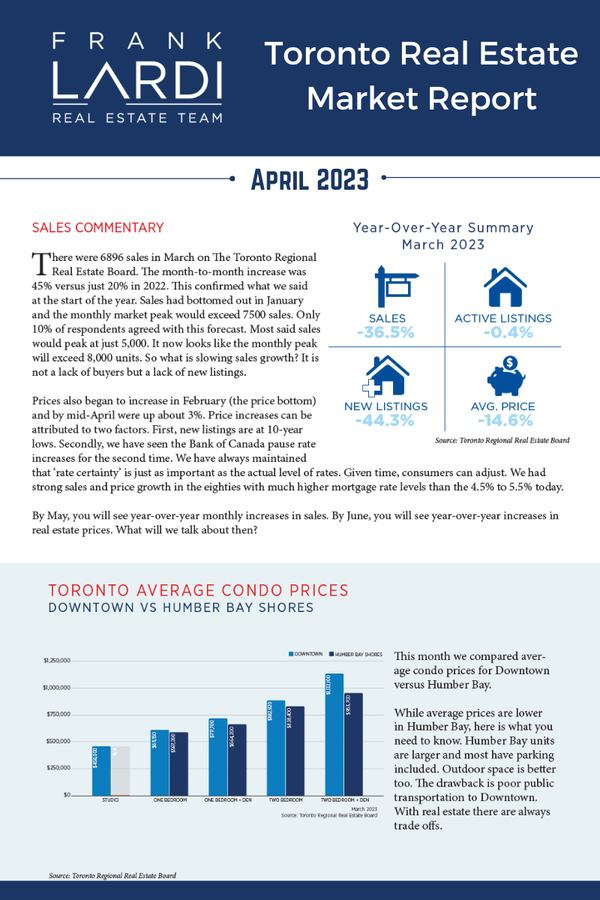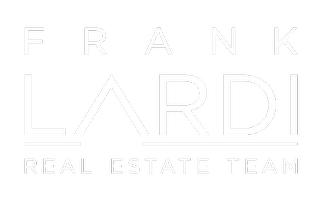The top 4 reasons I put my money into condos instead of RRSPs
As a Realtor working with investors everyday and as a real estate investor myself, I have seen first hand how responsible long-term investment in condominiums can generate returns on invested capital well beyond what we’ve come to expect of most traditional investment vehicles (Check out why real estate is such an powerful tool for building wealth). For this reason, I have decided to stop putting my money into RRSPs and have focused on buying condos instead.
The Top 4 Reasons I Put My Money Into Condos Instead of RRSPs
Every year as RRSP season approaches, we are inundated with advertising urging us to plow all of our savings into stocks, bonds, and mutual funds to reduce our income tax burden. You’d be a fool not to, right?
For many years I thought this was the case and faithfully made my RRSP contributions. Then I took a step back and really analyzed the performance of my portfolio and came to the conclusion that RRSPs are just not for me. Here are the reasons why:
1.) I’m not particularly knowledgeable about or interested in RRSP investment options
I readily admit that I don’t know much about stocks, bonds or mutual funds and as hard as I try, I just can’t get excited about them. Needless to say, the result is that I’m not particularly motivated to learn about, track, or manage my RRSP portfolio. As a result, I’m left to entrust my money with a financial advisor, which I’m not entirely comfortable with.
2.) I haven’t found a financial advisor who inspires confidence
In theory, I’m not opposed to handing my money over to an expert to invest for me. However, I do have an expectation that they’ll do a better job of growing those funds than I can. Unfortunately, I just haven’t had that experience; I’ve worked with financial advisors at the branch level and with seasoned wealth managers at full-service investment firms and non have been able to consistently generate a reasonable rate of return, which in my mind is between 5 and 7% per year on average. Typically, I’ve found that after accounting for all the fees, I’m lucky if my money grows at a rate of 2 to 3% annually.
3.) A 2 to 3% return on my money leaves me at the starting line
The intended advantage of an RRSP is that it allows you to grow your money tax free until you’re ready to withdraw from the plan – usually at retirement. The goal of course is to end up with significantly more money than what you started with.
As I already mentioned, my RRSP portfolio was generating returns of around 2 to 3% annually, which is essentially the rate of inflation. In other words, I was seeing zero growth in my money; this is hard to swallow when real estate in Toronto has been appreciating at a rate of 6% to 6.5% per year on average over the last 30 years. When you also account for the fact that a tenant will be paying down your mortgage, plus any positive cash flow, the return on invested capital over a 10-year period can easily climb into the triple digits.
4.) Tax deferral is not a strategy that excites me
An RRSP is a simply a tax deferral strategy. Contributions are tax deductible and investment earnings can grow over time without being taxed until you withdraw from the plan.
If you’re making a lot of money during your working years and are likely to see your income drop significantly when you retire, RRSPs could make sense. Your marginal tax rate would be drastically reduced and you would theoretically pay fewer taxes in the long run.
But what if your income is high now and stays high when you retire? The end result is that you would pay the same marginal tax rate on your money. So, you might as well pay the taxes now and put your money into investments that will generate a reasonable rate of return with an acceptable level or risk.
Now, I want to explain why I prefer to put my money into condos instead of RRSPs:
A.) I love real estate and as a result, I’m motivated to learn as much as I can about it all of the time, which has allowed me to build a high level of expertise, without it feeling like work.
B.) I have full control over where my money is being invested and over the investment itself. When I invest in a new condo, I can select the neighbourhood, the building, and the floor plan and once the property is complete, I decide whether to sell or rent, who to rent to, and how long to rent for.
C.) Real estate is one of the most accessible ways to take advantage of leverage. Leverage is the use of borrowed capital to increase the potential return of an investment.
Consider the purchase of a property with 20% down, or $100,000 on a $500,000 asset. Assuming the property appreciates 25% over 10 years or $125,000, the buyer would realize a 125% return on his down payment.
Return/Invested Capital = $125,000/$100,000 = 125%
Comparing this to the gain from an unleveraged purchase highlights the value of leverage. If the same buyer paid for the property in full, assuming the same 25% rate of appreciation over 10 years, he would see a 25% return on his invested capital.
Return/Invested Capital = $125,000/$500,000 = 25%
D.) I want to my clients to know that I practice what I preach. How can I expect the people that I work with to have any faith in me unless I’m willing to put my money where my mouth is.
I hope you found this article entertaining and informative. In the event that you have any questions about the article, are in need of assistance with buying or selling real estate, or have friends or family looking for a professional Realtor, please don’t hesitate to get in touch. I’d be happy to help in any way that I can.
Click here to read the next instalment – The 4 Most Important Things You Need To Know About Closing Costs.
Categories
Recent Posts










GET MORE INFORMATION

